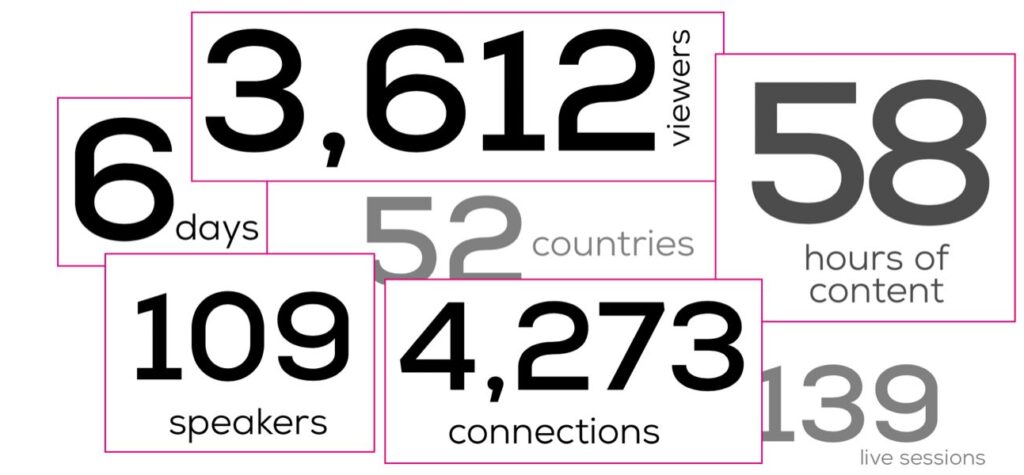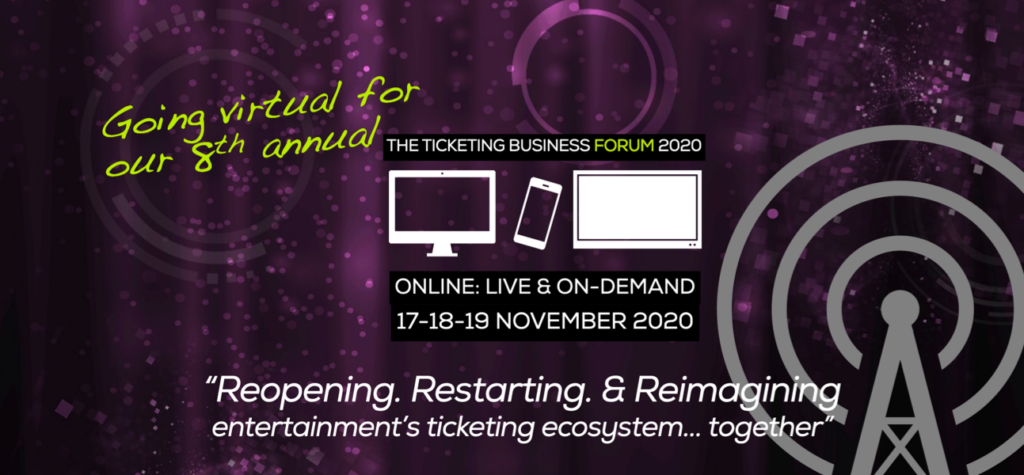Solar Powered Stadiums? A Bright Future.
Toyo Ito’s biggest building, the stadium in Kaohsiung, Tawain, is secretly a solar power plant.
Toyo Ito’s ascendancy into the architectural Pantheon began with the luminous and transparent houses and public buildings he designed in his native Japan. But it was his largest and most unlikely commission, designing a stadium for Kaohsiung, Taiwan’s second largest city, that would land him on the map of architectural kings.

Known for its surf-side location and abundant sun, tropical Kaohsiung served as host of the July 2009 World Games, a once-every-four-years event featuring sports not included in the Olympics. It was a radical departure for Ito and the design was radical too. Dramatically light for such a heavy building, it looked as unusual as the sports it hosted, rugby sevens and flying disc. But its secret weapon was its solar-powered skin, which made it the world’s first stadium to draw most of its energy from the sun.
Innovative, creative design inc. 8,884 solar panels
“Since solar panels were required for this project, I thought to use them to cover almost the entire stadium seating roof,” Ito told an interviewer in 2009. While photovoltaic panels are often tacked onto buildings—including other stadiums, most notably the Stade de Suisse in Bern—the ones used in Kaohsiung are anything but an add-on. The heavy reliance on steel at stadiums (think of the Bird’s Nest in Beijing) often give these buildings an environmental footprint that green technology can’t easily offset. In Taiwan, a new logic is at play. Ito went all out, covering the entirety of the 22,000 sq. meter roof in waves of 8,844 photovoltaic panels, embedded in frames of laminated glass. Ito also set the stadium on a 15-degree angle along the north-south axis to protect spectators from sun and maximize natural ventilation.

“Most stadiums have a clear center,” he said. “I attempted to create a dynamic space which opens outward. I also wanted to bring the seats and the field closer together. Since the site is a public park for citizens to use freely, I have given special consideration to creating a sense of unity within the park.”
Greatest Challenge
Fitting the 8,844 solar panels along the roof’s curving spiral to create a smooth, snake-like skin was the project’s greatest challenge, Ito said. The panels are capable of providing the stadium with 80% of its electricity during game time, and of eliminating some 660 tons of carbon dioxide a year. The building’s self-sustainability is also considerable insurance against the dreaded “white elephant” label that Olympic stadiums tend to earn after their first use: when it is not hosting an event, the stadium becomes a de facto power generator, capable of powering the building’s 3,300 lights and two jumbo screens. When it’s not being used, officials have estimated, the stadium can sell enough electricity to the local power utility to earn the city government over $150,000 per year.













Share this